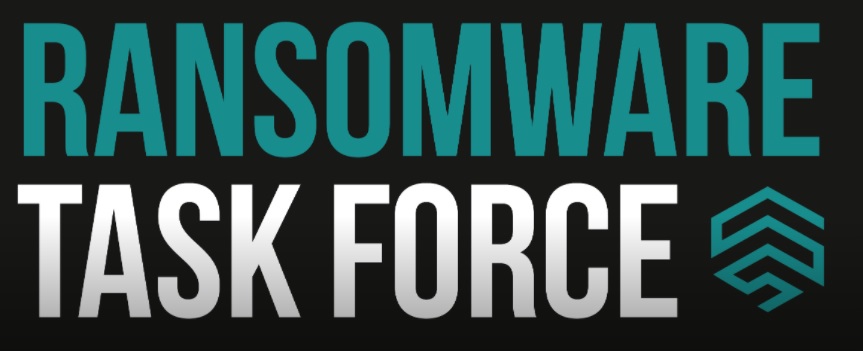
The Ransomware Task Force (RTF) is a group of high-profile security vendors who teamed up with the Institute for Security and Technology (IST) in December of 2020 to combat ransomware. Members include high-profile organizations like McAfee, Microsoft, and Rapid7 along with cyber advocacy groups such as the Cyber Threat Alliance and the Global Cyber Alliance. The CEO of IST, Philip Reiner, is optimistic about the team expanding its reach and impact, saying:
“We intend to work quickly. We’re looking to pool our resources and point out to people where they can get information about ransomware, plus have some clear ideas we can present in the form of new laws and funding required to combat ransomware.”
The experts who joined the task force felt it was critical for the industry to focus on combatting ransomware due to the increasing difficulty in recovering from these attacks. The RTF has put together what Sachin Bansal, general counsel of SecurityScorecard calls the ‘Avengers’ of cybersecurity to proactively combat ransomware, and they’re hoping other high-profile organizations and individuals join the fight.
Now’s the time for the technology industry to work on the ransomware threat as attacks continue to increase in frequency and impact.
Work has been done in the past in an attempt to combat ransomware, but the task force’s main goal is to reduce the frequency and impact of these attacks. While the RTF does its work, your company cannot wait for a magic bullet. All businesses must take action to improve your cybersecurity and reduce the likelihood of falling victim to ransomware attacks. Therefore, your company must:
Sources:
Ransomware Task Force Forming – CyberHoot Article
Additional Readings:
Ransomware Takes Down Largest US Pipeline
Discover and share the latest cybersecurity trends, tips and best practices – alongside new threats to watch out for.

Cybercriminals always follow Internet eyeballs. Not literally, but figuratively. And today's eyeballs are...
Read more
Active Attacks on Messaging Apps The Cybersecurity and Infrastructure Security Agency (CISA) recently issued...
Read more
The world of work has changed enormously since COVID-19. Gone are the days when IT admins sat behind a corporate...
Read moreGet sharper eyes on human risks, with the positive approach that beats traditional phish testing.
